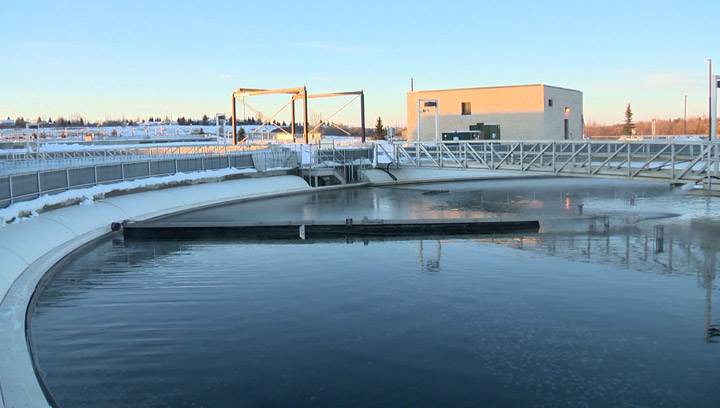The latest data from Saskatoon’s wastewater project shows a decline in SARS-CoV-2, the virus that causes COVID-19, in the city’s wastewater.

Between April 21 and April 27, the University of Saskatchewan team said there was a 70 per cent decrease in the viral RNA load in Saskatoon’s wastewater.
They said this could be indicative of a decrease in new cases in the following seven to 10 days.
“Assuming the spike in viral load in the previous reporting period corresponded to the increase in new cases last week (April 25 – May 2), the substantial decrease in viral load is predictive of a stabilization or decrease in numbers of new cases in Saskatoon in the coming week(s),” stated the bulletin on the Global Institute for Water Security’s website.
The USask team said 70 per cent of the viral RNA load is due to the B.1.1.7 variant of concern first identified in the U.K.

Get daily National news
That represents an 18 per cent decrease from the previous week, the team reported.
They also said that while the P.1 variant, first identified in Brazil, was likely present, “it was less than the limit of quantification.”
The B.1.351, first identified in South Africa, was not present, said the update.
The team cautioned, however, that changes found in wastewater samples might not always be proportional to actual case numbers.
Because the novel coronavirus can be detected through human feces before a person might exhibit symptoms, the analysis is viewed as a signal of what COVID-19 case counts might look like seven to 10 days later.
As of Monday, Saskatoon had 468 active COVID-19 cases. A total of 835 variants of concern have been identified by screening in the city.






Comments